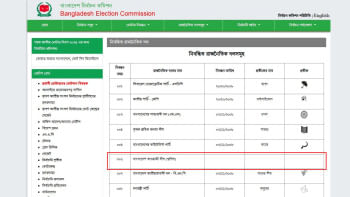India sets roadmap to grow textiles industry to $350 billion by 2030

India has drawn up a roadmap for generating 4.5-6 crore jobs in the textile sector by 2030 to make its market size grow to $350 billion from around $165 billion at present, India's Textiles Minister Giriraj Singh has said.
Addressing a press conference in New Delhi on Friday on the 100-day programme of the Ministry of Textiles, Singh said: "The 100-day roadmap we have prepared includes (attracting) investment for the creation of 4.5 crore to 6 crore jobs by 2030."
He said the seven integrated mega textile parks approved earlier will have investment to the tune of Rs 70,000 crore when fully functional, thereby creating 21 lakh jobs.
Setting a target of producing 50,000 tonnes in the long run, the minister said cultivation of silk is linked to huge employment generation as around one crore people are connected with the sector.
Singh also said Vietnam and Bangladesh never posed a challenge for India's textile exports.
"An unnecessary fear psychosis is being created about the developments in Bangladesh posing a challenge to India's textile industry."
Singh said there is huge potential for technical textile in India as it is used in all sectors and set an export target of $10 billion by 2030.
He said one crore artisans are connected with the handloom and handicraft sector and the textile ministry is undertaking various initiatives to give a boost to this sector.
As part of the government's plan for the textiles sector, the ministry of textiles has taken several initiatives during the first 100 days of this government, covering all segments of textile sector -- infrastructure, technical textiles, research and development, startups, empowering artisans/weavers, strengthening natural fibre sectors like silk and jute.
On September 20 this year, Indian Prime Minister Narendra Modi laid the foundation stone of a 1,000-acre integrated textile regions and apparel park at Amravati, Maharashtra with the objective of making India a global hub for textile manufacturing and exports.
The park will help create world-class industrial infrastructure that would attract large-scale investment, including foreign direct investment, and encourage innovation and job creation within the sector, Singh said.

 For all latest news, follow The Daily Star's Google News channel.
For all latest news, follow The Daily Star's Google News channel. 



Comments